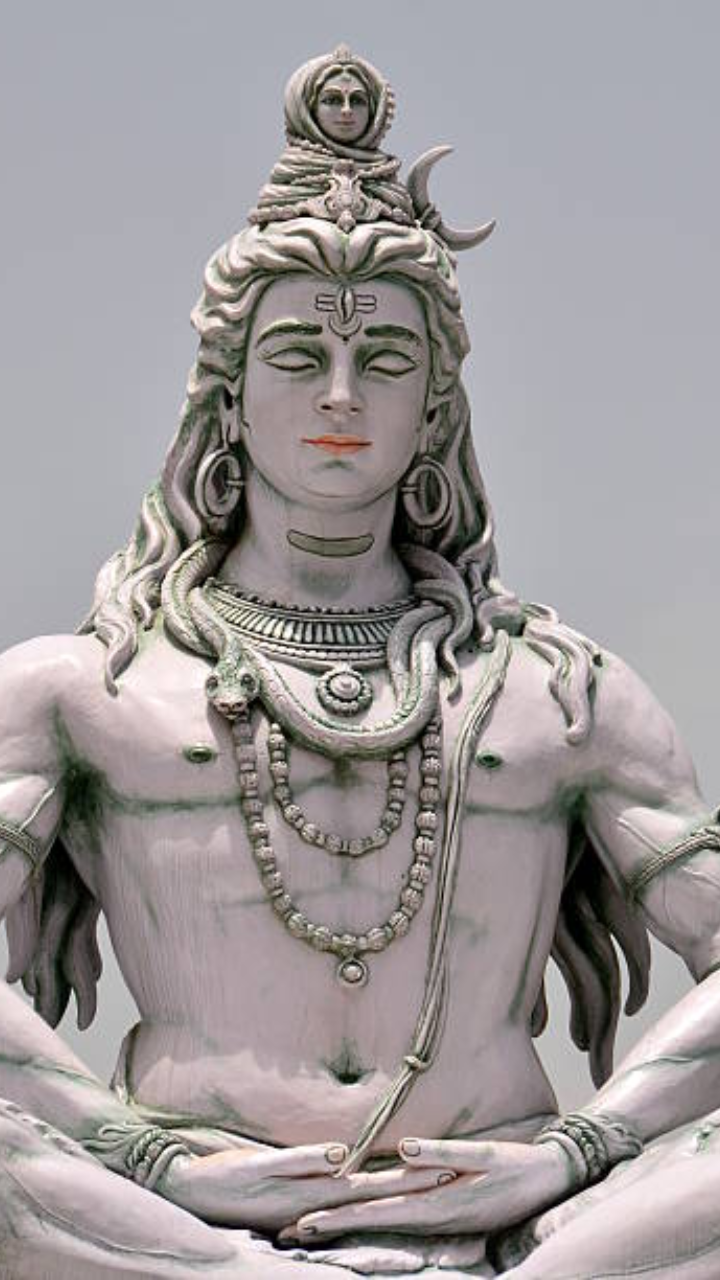Facts About Lord Shiva
Facts About Lord Shiva
Lord Shiva is one of the major deities in the Hindu religion and is worshipped by millions of people across the world. He is often referred to as the "destroyer" among the Hindu trinity, which also includes Brahma, the creator, and Vishnu, the preserver. In this essay, we will discuss some of the facts about Lord Shiva, his mythology, his symbolism, and his relevance in the modern world.
Lord Shiva is believed to have originated from the ancient Indus Valley civilization, and his worship dates back to at least 3000 BCE. He is also known by several other names such as Mahadeva, Shankara, Bholenath, Rudra, and Nataraja. Lord Shiva is typically depicted as a tall, muscular man with matted hair, a third eye, a crescent moon on his forehead, a serpent around his neck, and a trident in his hand.
One of the most important stories in Hindu mythology is that of Lord Shiva and his wife, Parvati. According to legend, Parvati was a reincarnation of Sati, the first wife of Lord Shiva. After Sati died, Lord Shiva became reclusive and withdrew from the world. Parvati, who was in love with Lord Shiva, underwent severe penance and won his affection. They got married and had two children, Ganesha and Kartikeya.
Lord Shiva is also known for his fierce and destructive side. In Hindu mythology, he is often associated with destruction, death, and transformation. However, his destructive powers are also seen as a necessary force in the cycle of creation and destruction. He is often depicted as the god who destroys ignorance, ego, and attachment, and helps his devotees to attain spiritual liberation.
In addition to his mythological significance, Lord Shiva is also considered to be a symbol of several philosophical concepts in Hinduism. He is seen as the embodiment of the ultimate reality, or Brahman, and his dance, known as the Tandava, is seen as a representation of the cosmic dance of creation and destruction. Lord Shiva is also associated with yoga and meditation, and his mount, the bull Nandi, represents the power of concentration.
The worship of Lord Shiva is still prevalent in modern India and other parts of the world. The festival of Maha Shivaratri, which falls in the month of February or March, is dedicated to Lord Shiva and is celebrated with great enthusiasm across India. Devotees fast, perform puja, and offer prayers to Lord Shiva on this day.
In conclusion, Lord Shiva is an important deity in Hinduism and has a rich mythology and symbolism associated with him. He is revered as the destroyer, the transformer, and the ultimate reality by millions of people around the world. His relevance in the modern world can be seen in the continued worship of him and the celebration of festivals such as Maha Shivaratri.
Here are some of the facts about Lord Shiva mentioned in the essay:
- Lord Shiva is one of the major deities in the Hindu religion.
- He is often referred to as the "destroyer" among the Hindu trinity, which also includes Brahma, the creator, and Vishnu, the preserver.
- Lord Shiva is believed to have originated from the ancient Indus Valley civilization, and his worship dates back to at least 3000 BCE.
- He is typically depicted as a tall, muscular man with matted hair, a third eye, a crescent moon on his forehead, a serpent around his neck, and a trident in his hand.
- According to legend, Parvati was a reincarnation of Sati, the first wife of Lord Shiva.
- Lord Shiva is often associated with destruction, death, and transformation, but his destructive powers are seen as a necessary force in the cycle of creation and destruction.
- He is seen as the embodiment of the ultimate reality, or Brahman, and his dance, known as the Tandava, is seen as a representation of the cosmic dance of creation and destruction.
- Lord Shiva is associated with yoga and meditation, and his mount, the bull Nandi, represents the power of concentration.
- The festival of Maha Shivaratri, which falls in the month of February or March, is dedicated to Lord Shiva and is celebrated with great enthusiasm across India.


.jpeg)
Post a Comment